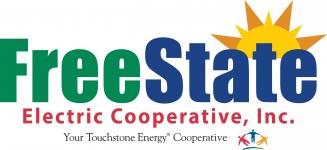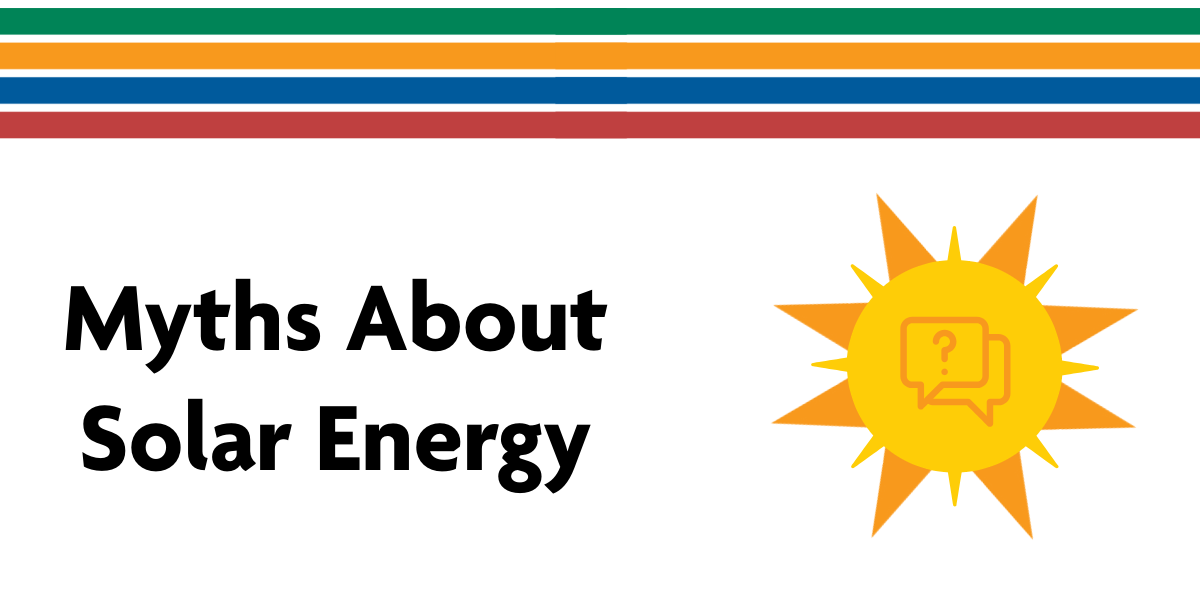1. SOLAR ENERGY CAN POWER OUR MEMBERS’ HOMES EVEN WHEN THERE IS A POWER OUTAGE.
TRUTH: FreeState’s solar energy only works when the grid is operational. The solar energy must be carried by power lines from the solar site to substations, and then across distribution lines to transformers and homes. FreeState’s solar energy will not power your home if there is an outage at the substation, along transmission lines or distribution power lines.
2. FREESTATE’S SOLAR PROJECTS ONLY BENEFIT THE MEMBERS LIVING NEAR THE SOLAR SITE SUBSTATION
TRUTH: FreeState’s distribution-level solar projects save ALL FreeState members money on their power bills. Our solar projects provide a less-expensive, renewable power resource, saving the cooperative money — and we pass on those savings to members. Buying solar energy from our power contracts is cheaper than energy purchased from other power suppliers. The money we save equitably a ects the cost of each member’s energy bill through the power cost adjustment.
3. THE SOLAR ENERGY FREESTATE PRODUCES IS EXPORTED AND EXCESS ENERGY IS RESOLD.
TRUTH: FreeState’s solar projects are distribution-level solar farms, which means the power generated stays local and is used by communities near the solar sites. There are three main kinds of solar projects.
First, is behind-the-meter solar where solar panels installed by members at their houses, businesses or properties, are used to o set their own electrical usage. When behind-the-meter solar panels gather more energy than the member can use, energy is not sold to outside entities or stored for future use. FreeState is a distributor of energy, not an electric supplier or for-profit entity.
Second, is transmission-level solar, which pushes energy onto the larger grid for use in a larger region, often a for-profit entity (often called utility-scale commercial solar). The approved Kansas Sky Energy Center in Douglas County is an example of transmission-level solar. FreeState does not have transmission-level solar projects.
Third, is distribution-level solar, which generates energy directly to distribution substations and lines. All five FreeState solar sites are tied to a specific substation, which distributes the energy produced to FreeState’s members in real time. The energy stays local, serves our communities directly, and provides FreeState with savings on the wholesale power bill — which are passed along to members electric bills.
4. FREESTATE LIMITS RESIDENTIAL SOLAR PROJECTS, BUT PRODUCES UNLIMITED POWER USING DISTRIBUTION-LEVEL SOLAR.
TRUTH: Limits on residential solar ensure FreeState maintains equitable costs across all rate classes and grid reliability. FreeState cannot produce unlimited amounts of solar energy through our five distribution-level solar sites. Our power contracts with our providers limit the solar energy our sites can produce. Limits on behind-the-meter, residential solar are set by the FreeState Board of Trustees, all of whom are FreeState members. Allowing unlimited solar would a ect FreeState’s ability to provide equitable rates across all classes and negatively a ect electrical grid reliability.

